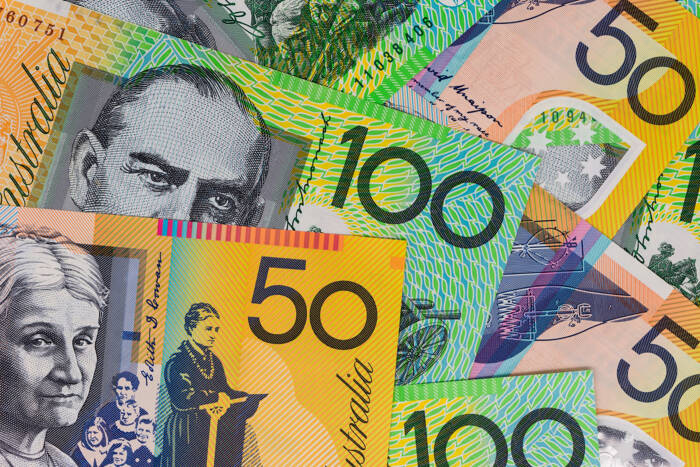However, labor market indicators signaled a weaker labor market, which could affect wage growth and disposable income. ANZ-Indeed Job Ads slid by 2.2% in June, following a 1.9% decline in May, suggesting a slowdown in the pace of hiring.
Furthermore, weaker consumer spending could adversely impact the Australian economy.
While the Australian economy expanded by 0.1% in Q1 2024, private consumption rose by 0.4%. Higher interest rates would affect private consumption and possibly lead to an economic contraction.
While the experts have mixed views, the RBA could be more committed to bringing inflation to target at any cost.
Expert Opinions Remain Divided on an RBA Rate Hike
Westpac Chief Economist Luci Ellis recently discussed her views on the RBA rate path, projecting a first RBA interest rate cut in November.
Conversely, Bloomberg TV APAC Chief Markets Editor David Ingles said the recent inflation numbers increased the likelihood of a September rate hike to 50-50.
While investors consider the chances of an RBA rate hike, US economic indicators could fuel investor bets on a September Fed rate cut.
US Jobs Report Puts the Fed Under the Spotlight
Later in the session on Friday, the crucial US Jobs Report will attract investor attention.
Economists forecast nonfarm payrolls to increase by 190k in June and for the US unemployment rate to remain steady at 4.0%.
Significantly, economists expect average hourly earnings to increase 3.9% year-on-year in June after rising 4.1% in May. Wage growth will likely be a focal point.
On Tuesday, Fed Chair Powell warned that wage growth remained elevated, placing the spotlight on average hourly earnings. Hotter-than-expected wage growth figures and a steady US unemployment rate could sink investor bets on a September Fed rate cut.
For context, US average hourly earnings increased 4.4% year-on-year in January 2024 before falling to a 4.0% increase in April. The US dollar will react to the US Jobs Report and deviation from the wage growth forecasts.

